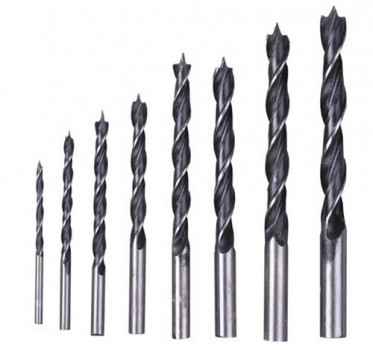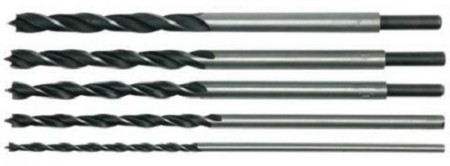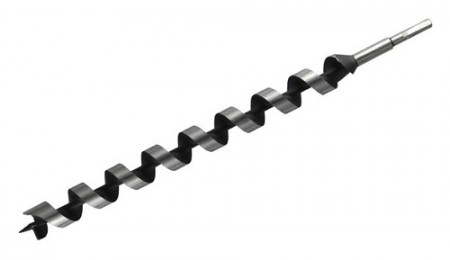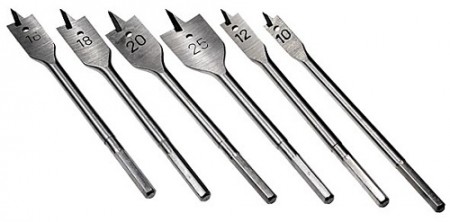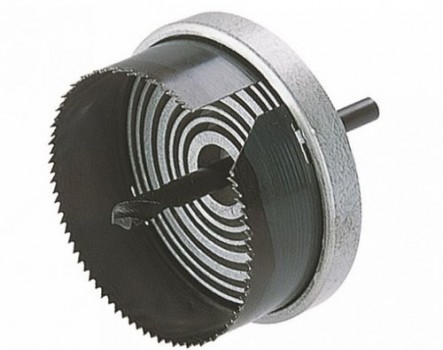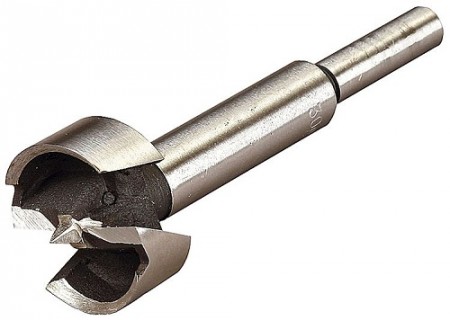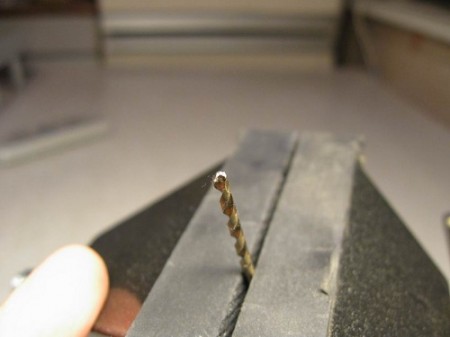Each self-respecting owner has his own, individual set of drill bits for wood. Virtually no construction work, yes there is construction - even the most insignificant repair can not do without drilling wood. That is why every person who has at least minimal experience in construction or repair work has a drill in wood stock, and often not just one - for tasks of a different plan and varying degrees of complexity. There is no deficit in the current market for instruments. And on sale there is a huge number of drills of all colors. And in order not to get lost in this diversity, to know what to focus on, how to choose a drill for wood to perform a particular job, it will be useful to get acquainted with the materials of this publication.
Content
But first let's look at some general recommendations when choosing a drill bit. So, a good, high-quality tool should be without cracks, chips, dents, scratches and generally have no visible external defects. An important factor is the color of the drill, which can say a lot.
For example:
- The usual gray steel shade - the drill was not subjected to any treatment.
- Bright gold color - the drill is processed by titanium nitride. This is done to extend the life of the instrument.
- Black - the drill is treated with superheated steam in order to increase the strength of the product.
- Bronze yellow - the drill is machined to relieve the stress of the metal.
Very often a drill can be bought with a ready-made set of drills. But only all the drills that come with the drill are a single product. The difference is only in diameter and length. Therefore, you will have to choose drills for different tasks yourself.
Spiral drill for wood
Should take the main place in your individual recruitment. The most widely used diameter is from 3 to 5.2 mm. This type of drill has a point that does not allow the tool to slip off the surface during operation. With the help of a conical shaped shank, it is quite convenient to identify a place where it is necessary to drill a hole. Remember that you need to set the speed of the drill, based on the diameter of the drill used. So, if you drill softwood with a drill having a diameter of 14 mm, you can set the speed to 1800 rpm. We ate hard wood - 900 rpm. Thus, we obtain a ratio at which the drilling speed of the wood has an inverse proportion to the diameter of the drill. If you follow this rule, then substantially extend the life of your instrument.
A long drill bit. Perforated drill bit. What to choose?
Very often in work simply can not do without a long drill on wood. If you need to buy a long drill for wood, consider the size and power of your drill. The size of a long drill directly depends on its diameter, and a drill having a diameter of 10 mm will be 45 cm long and weigh accordingly. Hardly an ordinary electric drill "pulls" such a load.
Professional carpenters use powerful low-speed drills-mixers when working with such massive drills.
There must also be a screw drill in your carpenter kit. The need for it arises when you need to make a hole against the fibers of wood.
This type of drill is produced in diameter from 10 to 50 mm, and up to 1100 mm in length. At the end of each screw drill, there is something reminiscent of a screw with a fine thread, allowing the drill to tighten "firmly" over the surface of the wood and not slip during operation. The very shape of the screw is screwed in wood in such a way as to effectively remove the chips from the hole.
As an alternative to a drill in wood, the dimensions of which require the use of a powerful drill, you can use a perforated drill for wood. The name of the drill is due to its shape resembling a feather.
Fountain drills work well with large diameter holes, but they have a significant drawback - almost no chips are removed. This is a real problem when you need to make a hole of great depth. Fountain drills are most often used when it is necessary to drill a thick board or fiberboard. Usually the length of such a drill does not exceed 20 centimeters, but this problem is quite easy to solve with the help of an extension cord. The drill has a hexagonal shank, which sits firmly in the drill chuck. This is very convenient when it is necessary to make a hole under the door lock.
Ring drill, Forstner drill
A circular drill in wood, or, as it is often called, a "crown", since it looks like a crown in appearance, should occupy a special place in the set of an experienced master.
With its help, you can easily make large diameter holes. With such a task can not cope with a spiral, not a feather, nor, especially, a screw drill. Due to this, the ring drill stands out among other types of drills. The drill is a ring equipped with teeth. They are sold as a set of nozzles on one base, which has a basic centering drill.
All without exception, the furniture makers use the Forstner drill in their work. With their help, you can make blind holes that have a flat flat bottom.
Such a drill is usually coated with a special alloy that protects it, and extends the life of the drill. On sale are the Forstner drills with a diameter of 10 to 50 mm. To work with such a drill is recommended on the revolutions from 1000 to 2500, depending on how hard the hard wood needs to be drilled.
How to sharpen a drill on wood. A few recommendations
To sharpen drills it is necessary not so often, as the tool which has passed qualitative sharpening, in those does not require enough long time. The most difficult in the process of sharpening is to observe the necessary "geometry" and configuration, that is, to correctly maintain the degree of sharpening that was made by the manufacturer. Although the drills for wood, in contrast to their "fellow" for concrete and metal, are made of a fairly soft metal, which can be handled by hand with a special file.
If the drill is grounded on an electrical current, it is necessary to ensure a constant jet of water, which must fall on the tip of the drill during the grinding process. This is necessary in order not to burn the hardened metal. The drill must be carefully sharpened with the edge of the disc. After you have achieved the necessary "geometry", the drill must be made "fine-tuning", gently and very slowly feeding the drill to the sharpener. This will ensure high quality sharpening, its durability and sharpness.
If it is necessary to sharpen the drill bit often, it is recommended to make for yourself a device in which you can fix the drill, and with which you can maintain the desired angle of sharpening.



